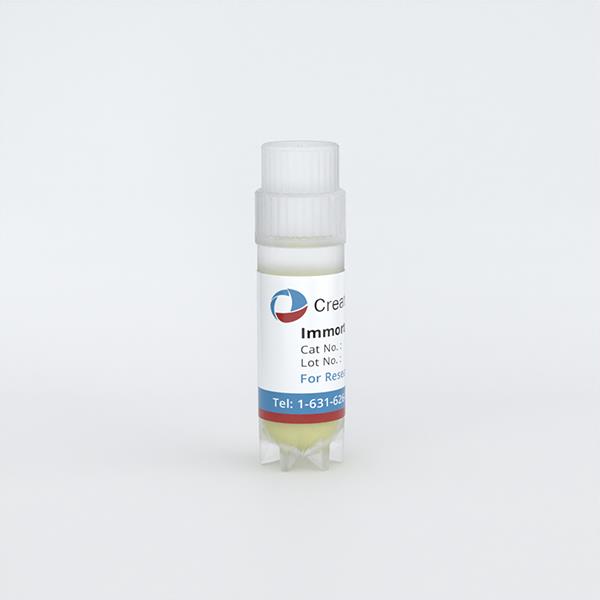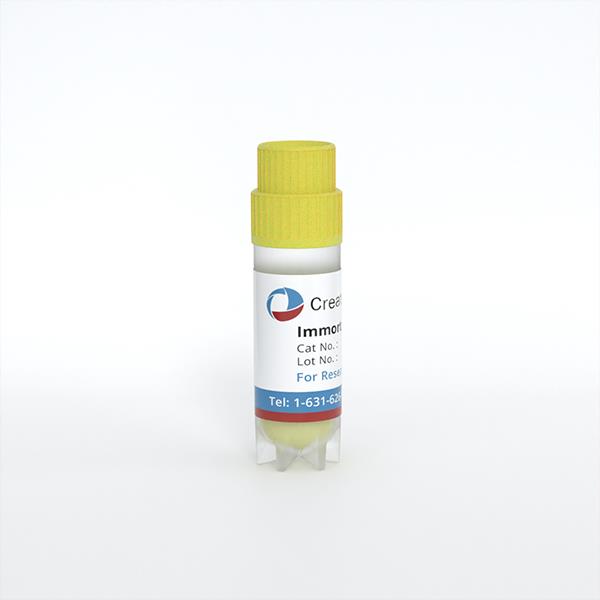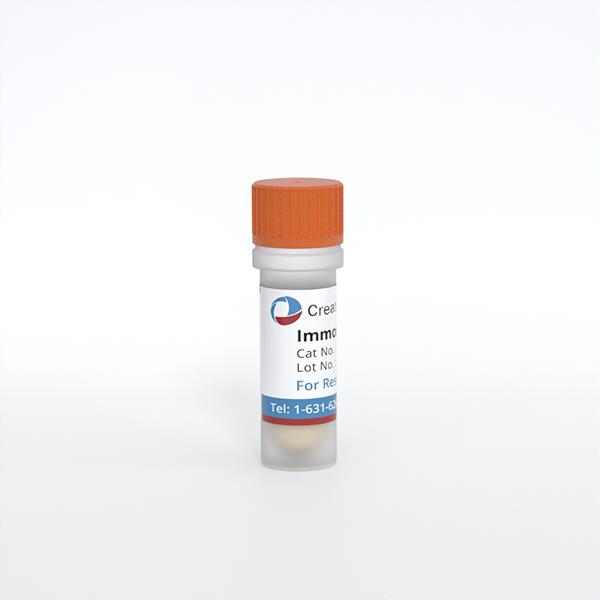
Immortalized Human Endocervical Epithelial Cells-HPV E6/E7 (A2EN)
Cat.No.: CSC-I9248L
Species: Homo sapiens
Source: Endocervix
Morphology: Cobblestone
Culture Properties: Adherent
- Specification
- Q & A
- Customer Review
Cat.No.
CSC-I9248L
Description
The endocervical epithelium lines the endocervix in the female reproductive tract, separating sterile and microbe-rich regions from one another. Since the endocervix is a target for sexually transmitted organisms such asChlamydia trachomatisandNeisseria gonorrhoeae, the endoecervical epithelial cells play an important role in both host defense and reproduction. The Immortalized Endocervical Epithelial Cells – HPV E6/E7 is unique in that it can be polarized to exhibit distinct apical and basolateral membrane domains and that it retained its ability to respond to hormone and microbial stimulus. A2EN cells serve as an excellent model to further characterization of pathogen-host interactions on sexually transmitted infections.
Species
Homo sapiens
Source
Endocervix
Culture Properties
Adherent
Morphology
Cobblestone
Immortalization Method
Serial passaging and transduction with retroviruses carrying Human papillomavirus E6/E7 (type 16) protein (pLXSN)
Markers
MUC5B
Application
For Research Use Only
Storage
Directly and immediately transfer cells from dry ice to liquid nitrogen upon receiving and keep the cells in liquid nitrogen until cell culture needed for experiments.
Note: Never can cells be kept at -20 °C.
Note: Never can cells be kept at -20 °C.
Shipping
Dry Ice.
Recommended Products
CIK-HT018 HT® Lenti-HPV-16 E6/E7 Immortalization Kit
Quality Control
1) Electron microscopy was performed to assess cell polarization, while fluorescent microscopy was performed to assess tight junction formation between cells;
2) Transepithelial electrical resistance was measured to measure cell monolayer functional integrity;
3) RT-PCR, Western blotting, and immunostaining were performed to compare immortalized cell characteristics to normal counterparts;
4) Expression levels of antimicrobial peptides, cytokines, and chemokines were measured to further assess immortalized cell characteristics;
5) qPCR was performed to analyze toll-like receptor protein expression between basolateral and apical components of cells, while qRT-PCR was performed to determine hormone receptor functionality.
2) Transepithelial electrical resistance was measured to measure cell monolayer functional integrity;
3) RT-PCR, Western blotting, and immunostaining were performed to compare immortalized cell characteristics to normal counterparts;
4) Expression levels of antimicrobial peptides, cytokines, and chemokines were measured to further assess immortalized cell characteristics;
5) qPCR was performed to analyze toll-like receptor protein expression between basolateral and apical components of cells, while qRT-PCR was performed to determine hormone receptor functionality.
BioSafety Level
II
Citation Guidance
If you use this products in your scientific publication, it should be cited in the publication as: Creative Bioarray cat no.
If your paper has been published, please click here
to submit the PubMed ID of your paper to get a coupon.
Ask a Question
Write your own review
Related Products
Featured Products
- Adipose Tissue-Derived Stem Cells
- Human Neurons
- Mouse Probe
- Whole Chromosome Painting Probes
- Hepatic Cells
- Renal Cells
- In Vitro ADME Kits
- Tissue Microarray
- Tissue Blocks
- Tissue Sections
- FFPE Cell Pellet
- Probe
- Centromere Probes
- Telomere Probes
- Satellite Enumeration Probes
- Subtelomere Specific Probes
- Bacterial Probes
- ISH/FISH Probes
- Exosome Isolation Kit
- Human Adult Stem Cells
- Mouse Stem Cells
- iPSCs
- Mouse Embryonic Stem Cells
- iPSC Differentiation Kits
- Mesenchymal Stem Cells
- Immortalized Human Cells
- Immortalized Murine Cells
- Cell Immortalization Kit
- Adipose Cells
- Cardiac Cells
- Dermal Cells
- Epidermal Cells
- Peripheral Blood Mononuclear Cells
- Umbilical Cord Cells
- Monkey Primary Cells
- Mouse Primary Cells
- Breast Tumor Cells
- Colorectal Tumor Cells
- Esophageal Tumor Cells
- Lung Tumor Cells
- Leukemia/Lymphoma/Myeloma Cells
- Ovarian Tumor Cells
- Pancreatic Tumor Cells
- Mouse Tumor Cells
Hot Products

